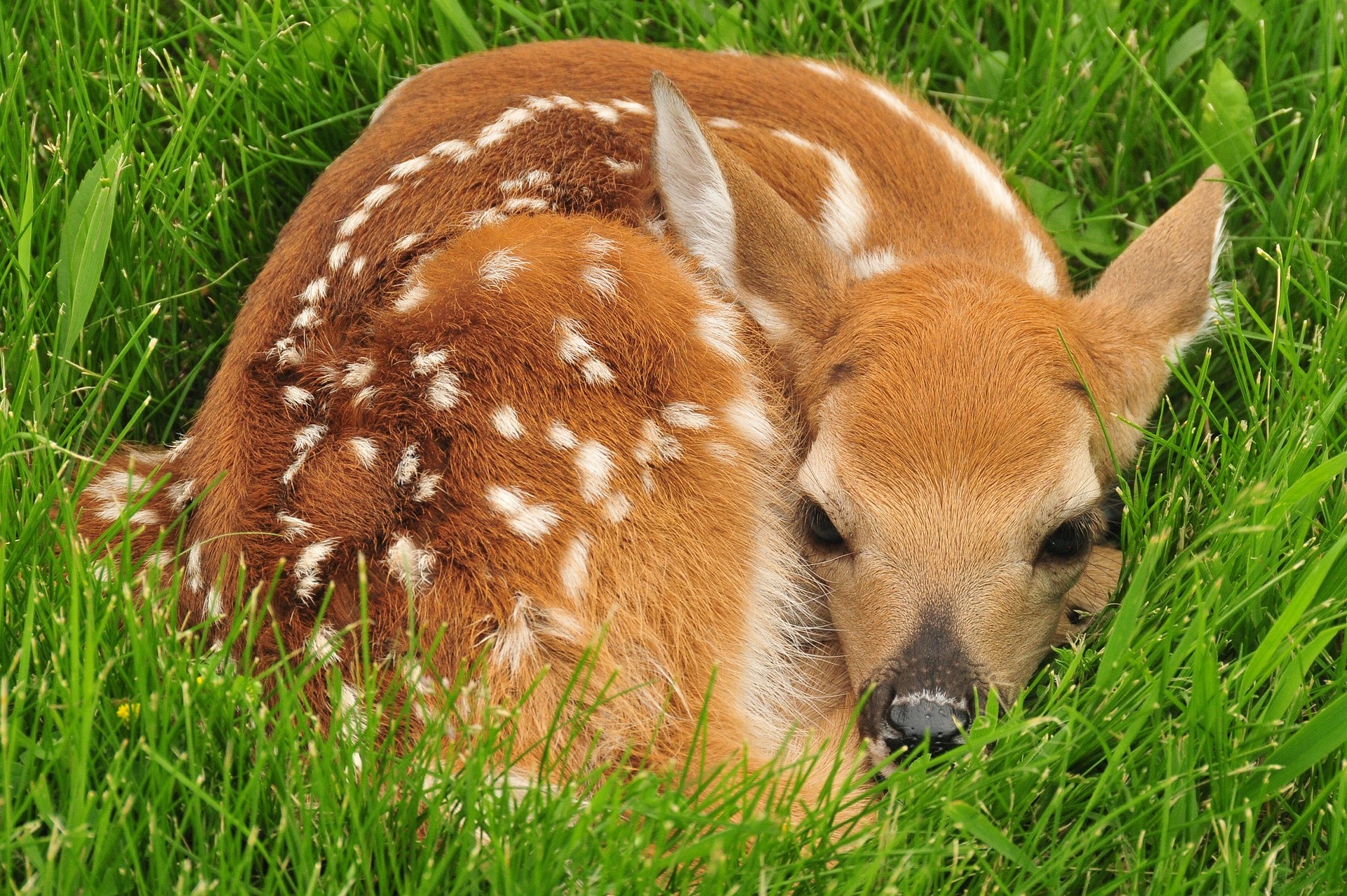As the camping and outdoors season begins, the Saskatchewan Ministry of Environment is reminding people to look, not touch, when it comes to animals.
Many young animals could appear abandoned, but in fact, have been placed in seclusion by their mothers to protect from predators. Oftentimes, the mother animal is observing them from further away. The chances of these wildlife surviving can be decreased after being touched by humans, and diseases such as rabies or West Nile Virus can be transmitted to people this way.
People can determine if a young animal is orphaned by looking for certain signs: whether it’s vocal, if bugs are crawling on it, if it’s been in the same place for more than ten hours, or if it’s wet. Morning dew covering the animal could be a sign it’s been there for a while.
The only urgent situation that could require a person to pick up the animal is if, hypothetically, an unnatural situation, like a young songbird found on a doorstep. In that case, the young bird could be moved to the closest suitable habitat.
People are also reminded to steer clear of larger animals, such as grown moose or deer. These animals may wander into urban areas, and large crowds may scare it, leading to a more dangerous situation.
If someone believes they’ve found an abandoned, in trouble, or injured animal, they should not touch it, and instead call a Conservation office.
The officer will then help determine if someone should move the animal and other courses of action. These wildlife rehabilitators will know the best course of action to give care to the animal.




